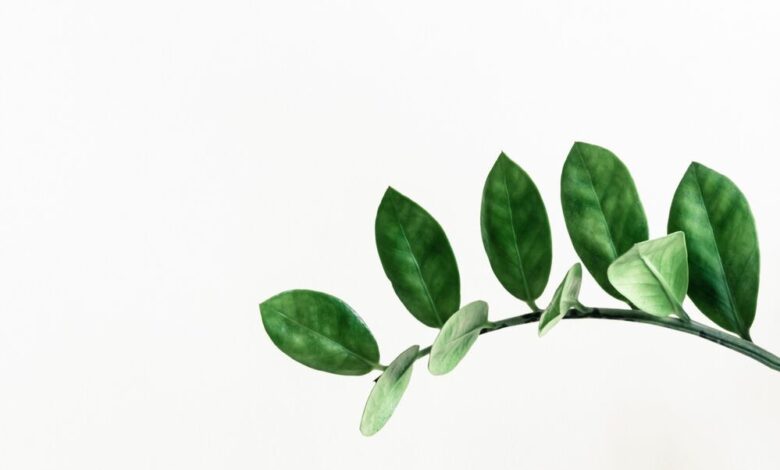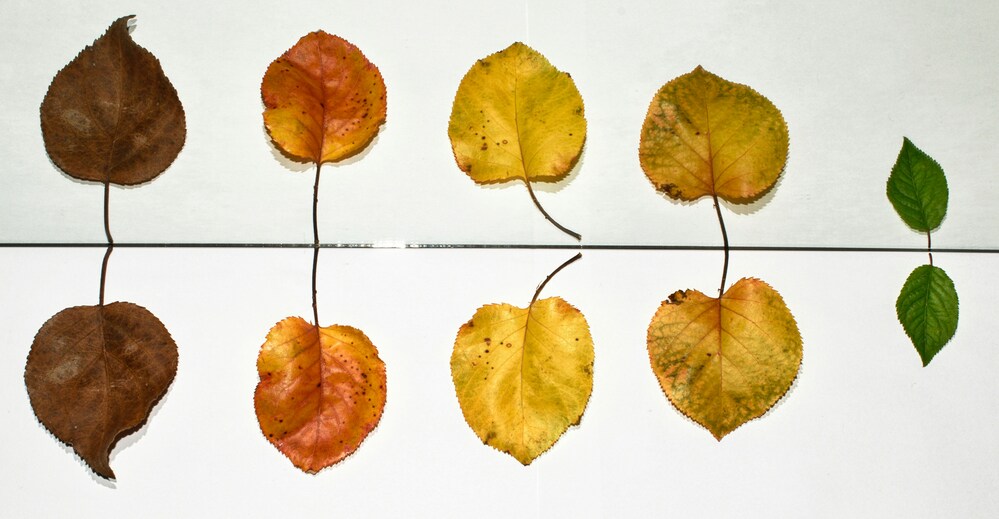The Evolutionary Advantage of Broad and Flat Leaves in Plants

Introduction:
Leaves are integral components of plants, playing a vital role in various physiological processes crucial for their survival and growth. One distinctive feature shared by many plants is the broad and flat morphology of their leaves. This article explores the reasons behind this common characteristic, delving into the evolutionary advantages and ecological adaptations that have shaped the diverse forms of leaves we observe in the plant kingdom.
1. Maximizing Photosynthetic Surface Area:
a. Photosynthesis:
One of the primary functions of leaves is to facilitate photosynthesis, the process by which plants convert sunlight into energy. The broad and flat structure of leaves maximizes the surface area exposed to sunlight. This adaptation ensures that plants capture as much light energy as possible for the synthesis of carbohydrates, which are essential for their growth and development.
b. Chloroplast Distribution:
The cells of the leaf contain chloroplasts, the organelles responsible for photosynthesis. The flat shape of leaves allows for a more even distribution of chloroplasts throughout the leaf tissue, optimizing light absorption and the efficiency of photosynthetic reactions.
2. Efficient Gas Exchange:
a. Stomatal Distribution:
Leaves serve as sites for gas exchange, allowing plants to take in carbon dioxide (CO2) for photosynthesis and release oxygen (O2) as a byproduct. The broad and flat surface of leaves facilitates the distribution of stomata, tiny pores on the leaf surface responsible for gas exchange. This distribution enhances the efficiency of both CO2 uptake and O2 release.
b. Reducing Boundary Layer Resistance:
The flat shape of leaves minimizes the thickness of the boundary layer around the leaf surface. This reduction in boundary layer resistance promotes efficient diffusion of gases, ensuring that the concentration gradient between the leaf interior and the surrounding atmosphere is maintained for optimal gas exchange.
3. Temperature Regulation:
a. Surface Area for Cooling:
The broad surface area of leaves also aids in temperature regulation. By dissipating excess heat through a larger surface area, plants can avoid overheating, especially in environments with high solar radiation. This adaptation is crucial for preventing heat stress and maintaining the enzymatic activity necessary for various physiological processes.
b. Transpiration and Cooling:
Transpiration, the loss of water vapor from leaves, contributes to cooling the plant. The broad surface area enhances the rate of transpiration, helping plants regulate their temperature by evaporative cooling.
4. Water Capture and Management:
a. Rainwater Collection:
The broad, flat leaves of many plants are effective at capturing rainwater. The large surface area allows raindrops to be intercepted and channeled toward the stem and roots, aiding in water absorption. This adaptation is particularly beneficial in environments with irregular rainfall patterns.
b. Reduced Water Loss:
While leaves facilitate water absorption, their broad shape also helps in minimizing water loss. The controlled distribution of stomata and the reduced surface area-to-volume ratio contribute to water conservation, especially in arid and semi-arid regions.
5. Adaptations to Light Conditions:
a. Sun and Shade Tolerance:
The broadness of leaves is an adaptive response to varying light conditions. In open environments with ample sunlight, broad leaves capture more light for photosynthesis. In shaded areas, they maximize light interception, allowing plants to thrive in diverse habitats.
b. Leaf Orientation:
Plants may exhibit adaptations in leaf orientation to optimize light absorption. In some species, leaves are arranged horizontally to capture sunlight evenly throughout the day, while others may have vertical or inclined orientations to minimize light exposure and reduce water loss.
Conclusion:
The evolution of broad and flat leaves in plants is a remarkable adaptation that reflects the intricate balance between environmental pressures and the need for efficient resource utilization. From maximizing photosynthetic surface area to facilitating gas exchange, temperature regulation, and water management, the morphology of leaves is a testament to the diverse strategies plants employ to thrive in their respective ecosystems. As we delve deeper into the intricacies of plant physiology, we gain a greater appreciation for the evolutionary marvels that have shaped the flora of our planet. The broad and flat leaf, a seemingly simple feature, encapsulates a complex web of ecological interactions and adaptive responses that contribute to the resilience and success of plant life.





